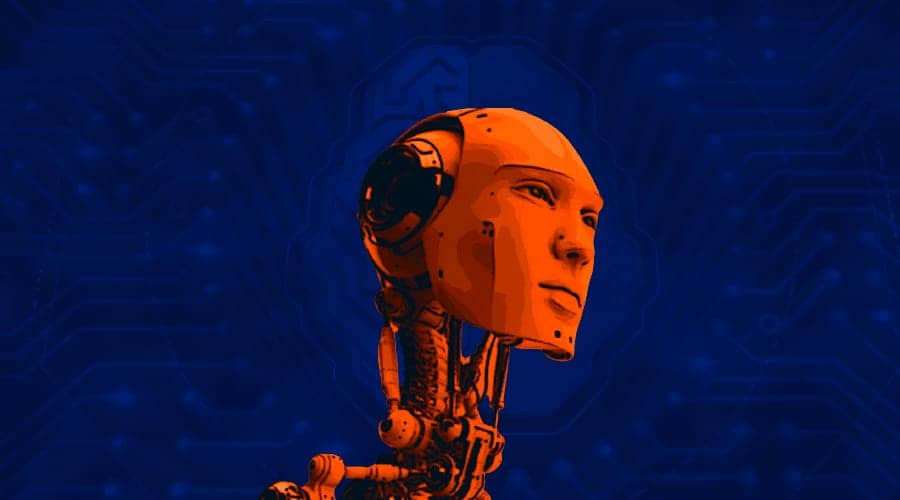AI and the Synergy of Man: Unlocking the Future of Work

Artificial Intelligence: Man’s next step in evolution.
In the world of technology, Artificial Intelligence (AI) has emerged as a transformative force. In this blog, we will explore how AI and human collaboration can revolutionize the future of work. But first, let’s delve into a brief description of what AI entails.
AI refers to the simulation of human intelligence in machines, enabling them to perform tasks that typically require human cognition. Its applications span various sectors, including healthcare, finance, manufacturing, and customer service. Through advanced algorithms, AI can analyze vast amounts of data, recognize patterns, and make predictions, offering opportunities to automate processes, gain valuable insights, and make informed decisions.

As a mechatronics engineer, passionately navigating the halls of Jomo Kenyatta University of Agriculture and Technology (JKUAT) in Kenya, I embarked on an awe-inspiring journey to explore the transformative power of Artificial Intelligence (AI). Like many, I initially feared AI would replace us, rendering our skills and expertise obsolete. However, as I delved deeper into the subject, I discovered a fascinating reality: AI is not here to replace us, but rather to collaborate with us, unleashing a new era of possibilities in the world of work.
Instead of fearing AI as a replacement, we should embrace it as a collaborator. The synergy between humans and AI opens up a world of possibilities. By leveraging AI’s computational power, data processing capabilities, and automation, we can free ourselves from mundane and repetitive tasks. This allows us to focus on higher-value work that requires human ingenuity, critical thinking, and creative problem-solving. The future of work lies in the seamless collaboration between man and AI.

The impact of AI on productivity is profound across various industries. Let’s explore some examples:
- In healthcare, AI-assisted diagnosis systems enable doctors to analyze medical images swiftly and accurately, leading to faster diagnoses and more efficient patient care. This empowers medical professionals to devote more time to patient interaction and personalized treatment plans.
- In manufacturing, collaborative robots, or cobots, work alongside humans on factory floors, optimizing production processes and enhancing worker safety. Humans can focus on complex problem-solving, quality control, and process optimization while cobots handle repetitive tasks.
- In finance, AI-powered algorithms analyze financial data, identify patterns, and make predictive models. This enables professionals to provide more accurate risk assessments, make informed investment decisions, and optimize trading strategies.
As a mechatronics engineer, I envision a future where AI seamlessly integrates into my work, amplifying my capabilities and pushing the boundaries of innovation. AI’s data processing prowess can enhance design processes, optimize systems, and deliver more innovative solutions. By harnessing AI-powered simulations, I can predict performance outcomes, enabling faster prototyping and reducing development cycles. The synergy of man and AI empowers me to be more effective, efficient, and creative, propelling me toward new frontiers of excellence.
In conclusion, the fears of AI replacing human jobs have given way to a new understanding: AI is not our competitor but our ally. The collaboration between man and AI holds immense potential for the future of work. By combining human intelligence with AI capabilities, we can forge a new era of innovation, productivity, and societal progress. Together, we are poised to create a world where the harmony between man and AI unlocks limitless possibilities and propels us toward a future defined by boundless imagination and unprecedented achievements.

Note: This blog provides a glimpse into the synergy between man and AI, showcasing the potential for collaboration rather than replacement. It aims to inspire readers to embrace AI as a powerful tool that enhances human capabilities and drives us toward a future of endless opportunities.

[…] Read Now […]